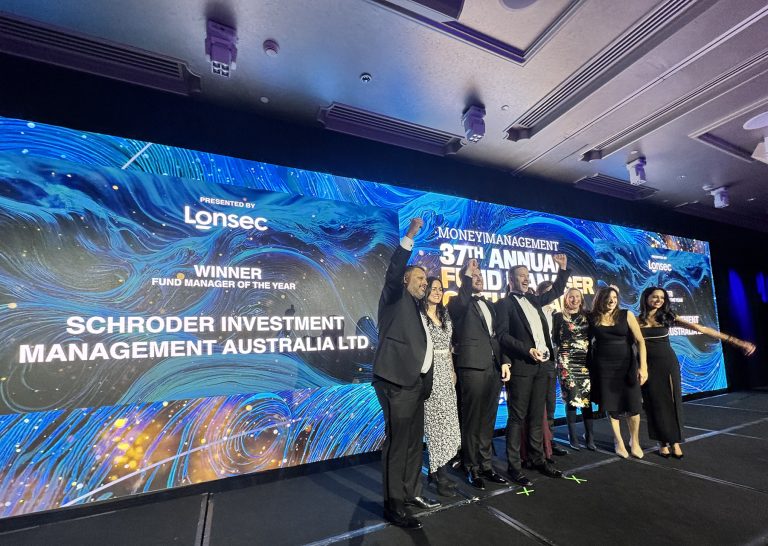
Tony Adams, Head of Sustainable Investment Research, Lonsec Research
For many investors, the promise of ESG (Environmental, Social and Governance) investing has been evasive. Confusion around what “ESG Investing” actually is has led to many investors becoming disillusioned with their portfolios. So, what is “ESG investing”? Is this the same as ethical, responsible or green Investing? The straightforward answer is ‘no”. Unfortunately, many in the industry as well as academics and investors use these terms interchangeably. They are, depending on your perspective, very different things.
For retail investors these terms tend to coalesce around the concept of a “good” portfolio that doesn’t own companies that “do bad things”. It goes without saying that the definition of “bad things” differs from investor to investor. Does this include just landmines and tobacco? Or does it extend to broader “sin stocks” like gambling, pornography and alcohol? Is coal mining bad? Or is all mining bad? Is coal powered electricity generation on the “bad’ list? What about uranium? Does an exclusion on tobacco include the company making the packaging for cigarettes or the supermarket selling them in their stores?
All these considerations usually fall within the gambit of a portfolio’s list of exclusions. i.e. what is prohibited from the portfolio. There are more complex considerations like materiality levels and supply chains, but the core of the investor expectation is generally what they don’t want to see in their portfolio investment portfolios. Given issues with data quality and transparency from companies, specificity around materiality levels and details around supply chains up and down the value chain and the active part being played by regulators guarding against perceived greenwashing many investment managers are increasingly finding making “hard exclusions” a risky business proposition.
While some products, usually (but not always) described as ethical, contain these exclusions, this is not what the bulk of institutional investors consider to be “ESG integration”. Following the establishment and global adoption of the United Nations Principles for Responsible Investment (UNPRI), the definition of responsible investing and ESG investment has taken a significant turn. The UNPRI effectively defines the integration of ESG factors into investment decisions as the key defining action of Responsible Investment. Principal 1 states “We will incorporate ESG issues into investment analysis and decision-making processes”. This doesn’t say anything about how to incorporate these issues, nor does it require that investors take any specific action with respect to them. Given this, investment managers are open to “incorporate ESG” in any manner that suits their investment process.
Subsequently it is crucial for both advisers and investors to recognize these differences, as failing to do so not only muddies the discourse around sustainable finance but can also lead to ineffective investment strategies.
To help investors more easily allocate capital to support their views, Lonsec Research has identified four key Responsible Investment (RI) styles: Ethical, ESG Integration, Sustainability and Impact. While managers may have a primary RI style and integrate ESG into their investment process, it is the RI style that should be used to determine with primary focus of the strategy.
Ethical investing is a values-driven approach where investors choose companies based on their personal moral compass. This may include avoiding industries like tobacco, alcohol, or weapons, regardless of the company’s financial performance or environmental footprint. It’s highly subjective, and what is ethical to one person may not be to another. Ethical investors tend to focus on alignment with their beliefs rather than a specific framework.
In contrast, ESG investing takes a more systematic approach, integrating Environmental, Social, and Governance factors into investment decisions in a variety of ways. Investors can incorporate ESG factors to different degrees, from simply screening out companies with poor ESG performance to actively selecting those excelling in sustainability or governance. Some investors may focus on specific issues, such as gender equality or reducing carbon emissions, while others look for companies that balance strong ESG practices with solid financial returns. The most prevalent approach seen in one where investors consider ESG risks, alongside all risks, and ensures that the expected return from the stock or bond adequately compensates for this risk. There are also strategies that prioritise shareholder engagement, using the power of ownership to push companies toward better ESG performance. Whether through exclusionary screens, positive selection, or active engagement, ESG investing offers a flexible framework that allows investors to address a broad range of concerns, while still aiming for long-term positive financial performance. ESG investing aims to balance financial return with mitigating risks related to sustainability and corporate governance, often serving as a benchmark for responsible capitalism.
Green investing is laser-focused on environmental impact. Investors in this space prioritise companies that are leaders in areas such as renewable energy, sustainable agriculture, or carbon reduction. While green investing is a subset of ESG, it doesn’t account for the broader social or governance aspects. For example, a company may be a leader in reducing emissions but fail miserably on labour practices or board diversity.
When these approaches are confused, it dilutes the progress each seeks to make, and it is vital that financial advisers and their clients understand these distinctions. Ethical investing is about aligning investments with personal values, ESG is about evaluating comprehensive risk, and green investing is purely environmentally focused. Clarifying these definitions empowers investors to make better choices, driving real change in their areas of interest.
Visit iRate, Lonsec’s award winning research platform to find out more about Responsible Investment styles and how they can be applied to your clients’ portfolios.
Important Information: This document has been produced by Lonsec Research Pty Ltd ABN 11 151 658 561 AFSL 421 445 (Lonsec Research). Lonsec Research is owned by Lonsec Holdings Pty Ltd ABN: 41 151 235 406 (Lonsec Group). Generation Development Group Limited (ABN 90 087 334 370) is the parent company of Lonsec Group. Please read the following before making any investment decision about any financial product mentioned in this document.
Warning: Any express or implied rating or advice presented in this document is limited to “general advice” (as defined in the Corporations Act 2001 (Cth)) and based solely on consideration of the investment merits of the financial product(s) alone, without taking into account the investors’ objectives, financial situation and needs. Prior to acting upon any information presented in this document, investors must do their own investigation and analysis of the appropriateness of the information or seek independent financial and/or tax advice, having regard to their objectives, financial situation and needs. Investors must consider reading any relevant Product Disclosure Statement (PDS) or offer document to assess the appropriateness of this advice in light of their own objectives before making a decision to obtain a financial product.
Disclaimer: Lonsec Research provides this document for the exclusive use of its clients. It is not intended for use by a retail client or a member of the public and should not be used or relied upon by any other person. No representation, warranty or undertaking is given or made in relation to the accuracy or completeness of the information presented in this document, which is drawn from public information not verified by Lonsec Research. The information presented is reasonably held at the time of publication but subject to change without notice. Lonsec Research assumes no obligation to update this document following publication. Except for any liability which cannot be excluded, Lonsec Research, their directors, officers, employees and agents disclaim all liability for any error or inaccuracy in, misstatement or omission from, this document or any loss or damage suffered by the viewer or any other person as a consequence of relying upon it.
Copyright © 2024 Lonsec Research Pty Ltd (ABN 11 151 658 561, AFSL No. 421445) (Lonsec). This document is subject to copyright of Lonsec. Except for the temporary copy held in a computer’s cache and a single permanent copy for your personal reference or other than as permitted under the Copyright Act 1968 (Cth), no part of this document may, in any form or by any means (electronic, mechanical, micro-copying, photocopying, recording or otherwise), be reproduced, stored or transmitted without the prior written permission of Lonsec. This document may also contain third party supplied material that is subject to copyright. Any such material is the intellectual property of that third party or its content providers. The same restrictions applying above to Lonsec copyrighted material, applies to such third-party content.


